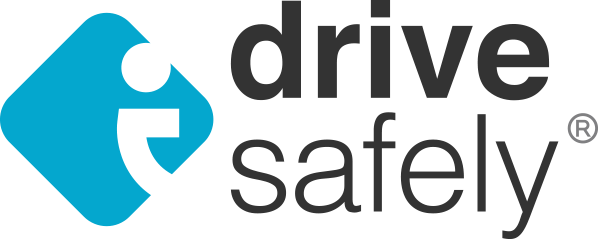Vision Test for Texas Drivers License
All new drivers in Texas are required to pass a vision exam before they can obtain a drivers license. This test can be taken at the Department of Public Safety or at a licensed optometrist’s office. Here’s what you can expect when having your vision tested.
Texas Vision Test Requirements
If you don’t wear glasses or contact lenses, you must have 20/40 vision or better in both eyes. You will face no restrictions to your license if you have 20/50 vision or better with your best eye or both eyes together, and your results are accompanied by an eye specialist’s note indicating that your vision cannot be improved or repaired.
You will face driving restrictions if your vision is 20/60 or 20/70 in your best eye or both together, and your results are accompanied by a statement from an eye specialist indicating that your vision cannot be improved. You will be required to drive only during daylight hours and no faster than 45 MPH.
If you do wear prescription corrective eyewear, glasses or contact lenses, be sure to wear them when you are taking your test. Your best eye, or both together, should meet a minimum 20/70 requirement with your corrective lenses. This score will require a restriction on your license, limiting your driving to daylight hours, and you may not drive faster than 45 MPH.
If you’re taking the vision test at an optometrist’s office, you’ll be required to submit your results to the DPS by turning in a completed DL-63 form with your driver’s license application.
All drivers taking the vision test will also be tested for color blindness. It’s good to note that vision worse than 20/200 is considered legally blind, and a driver’s license will not be issued.
What Happens If I Fail?
A failing score, with or without corrective lenses, is 20/70 or higher, without a report from a specialist. If you don’t meet these requirements, you will be referred to an eye specialist for another review. You may be prescribed glasses or corrective lenses to improve your vision. Once you’ve met the requirements, you can head back to the Texas DPS to take the test again.
If you pass your vision test while wearing contact lenses or glasses, this information will be indicated on your drivers license as a restriction. The most common restrictions drivers face include:
- Wearing glasses or contact lenses when driving
- Nighttime driving prohibited
- Limits to daytime driving, including no rush hour or freeway driving
- Addition of special vision-improving devices or mirrors
Other Vision Changes
It’s also worth noting that if you’ve had corrective eye surgery, such as LASIK, restrictions on your Texas drivers license could be affected. If you were previously required to wear corrective lenses or glasses, you’ll want to visit the DPS to take your vision test again and have your restrictions removed from your record. If you don’t, and you get pulled over, even if you meet the 20/40 vision standard, you could still be issued a ticket for driving without your corrective eyewear.










